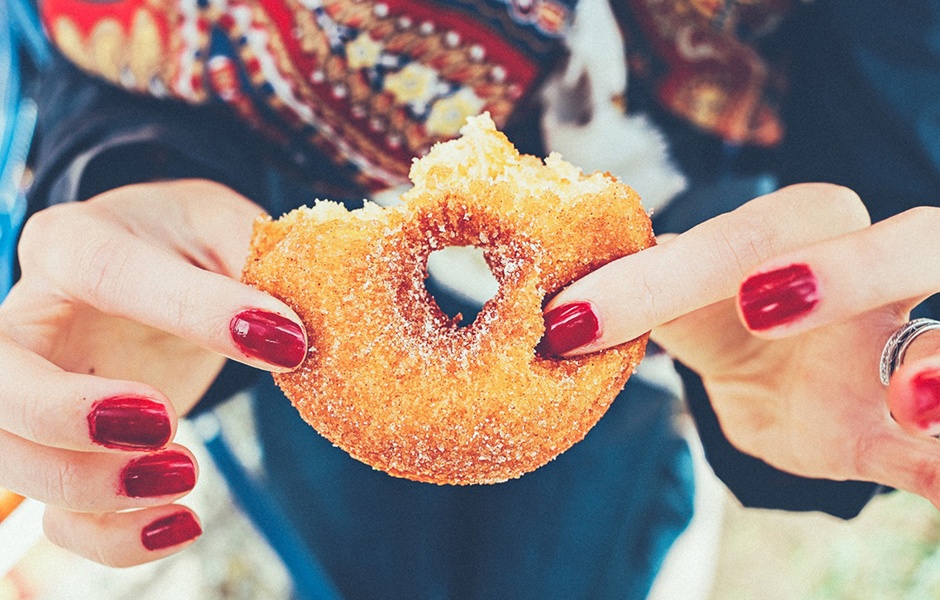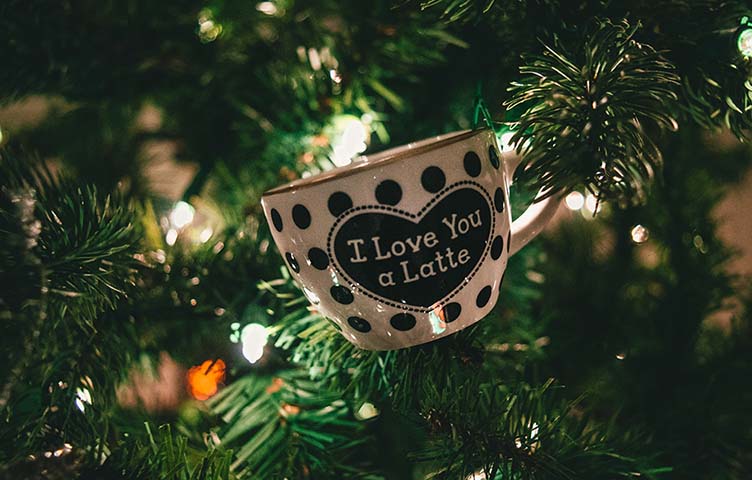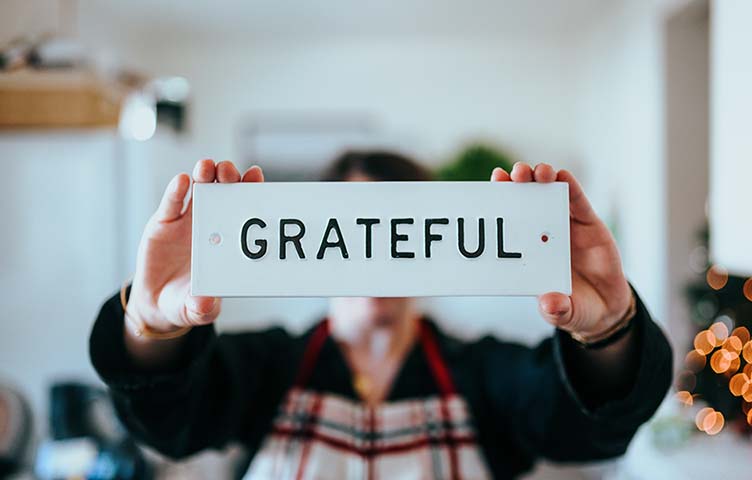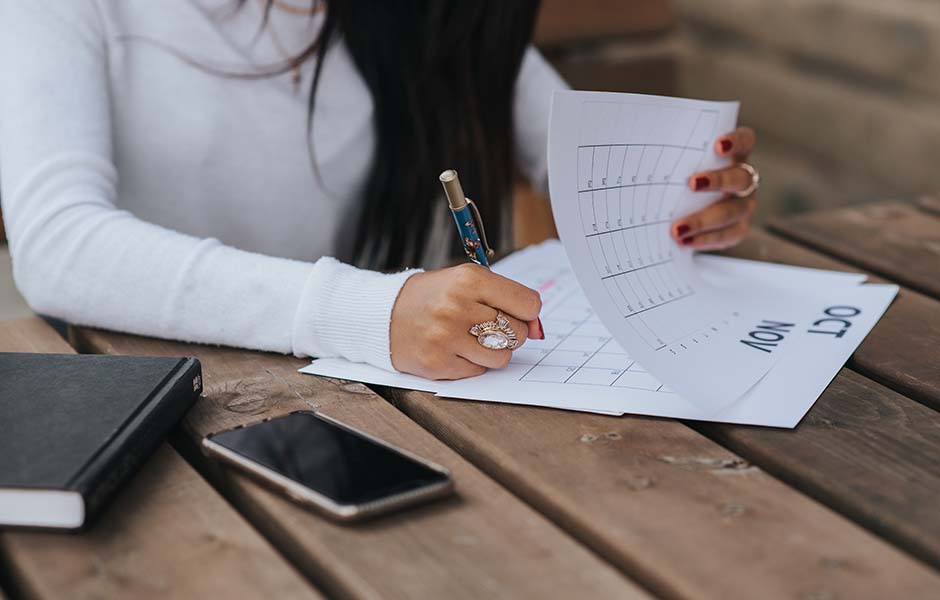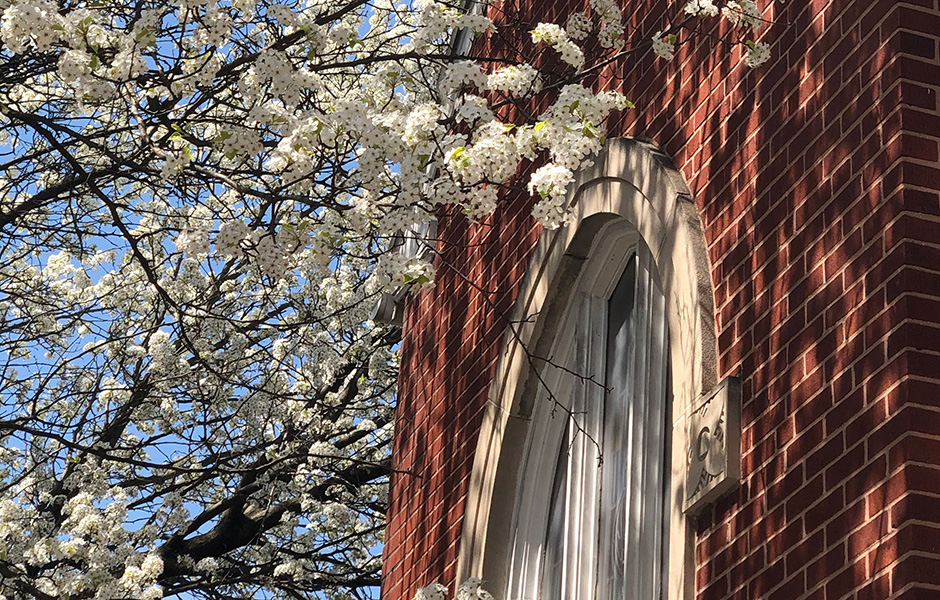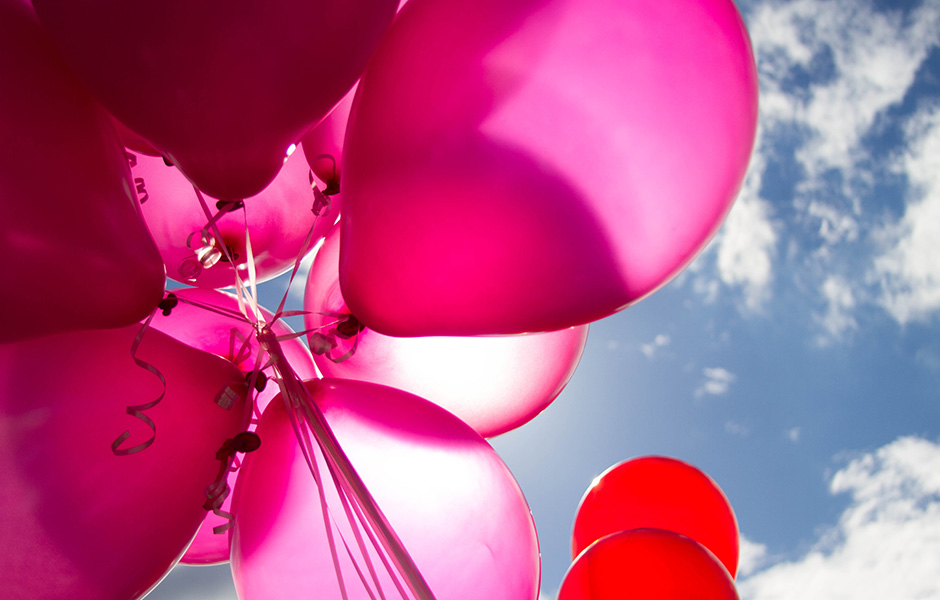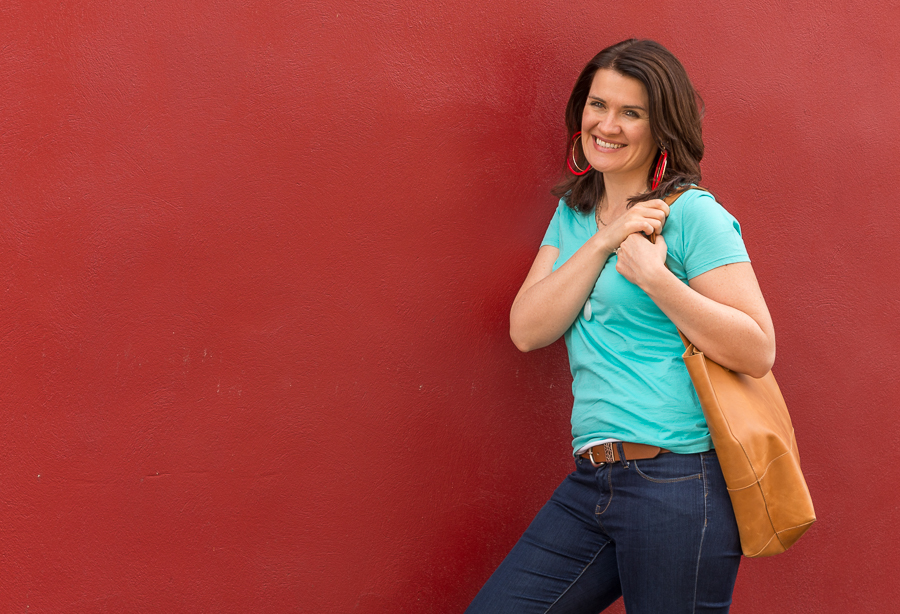It took me a long time to come clean. To admit that I had a problem. To finally say I was an addict. Sure, my drug was sold openly next to the flour and baking soda, and not so secretly in the candy aisle, so legally, there was no crime involved. But I had a full on sugar addiction.
One afternoon, in high school, when I sat on the floor in my bedroom, eating an entire bag of Starburst jelly beans—I thought the only consequence was a sick feeling in my stomach and a sugar coma. I wasn’t paying enough attention to my life to realize my problem was bigger than the occasional candy binge.
Sugar is an acceptable and even celebrated substance in our culture. But it never occurred to me, when I started eating it for more than pleasure, that I might have a problem. Probably because, my troubles with sugar began when I was very young.
I was a sensitive kid, and learned early on to control (numb) my feelings with carbohydrates. Recently, when studying the ancient, numbered personality type system, the Enneagram, I discovered that I am a Two. Twos are so in touch with the feelings of others that they take them on as their own. As a kid growing up in a home that faced its fair share of struggles, I took on the emotions of my family members. I tried to ease things for everyone, and when I couldn’t, I ate—usually something sweet.
This coping mechanism, this addiction, I carried with me through college and into my career. Paired with a caffeine addiction, it (I believed) helped me push through the all-nighters and marathon weeks my life required. Then, early in my twenties, realizing sugar may not be good for me, I tried to cut down on how much I was eating—only, I discovered it was in everything. It was in the way I took my coffee, the lean cuisine I had for lunch, and even in the salty snacks I was drawn to. My attempts to quit sugar were DOA.
Fast forward to a few years ago. Doctors and a specialist diagnosed me with a chronic pain issue that there is little known about and barely any treatment for. I found articles online that talked about inflammation and giving up sugar. But not knowing enough about it, my doctors couldn’t encourage me down that path.
Around the same time, I was struggling with an increasing awareness of my addiction to sugar. I craved it multiple times a day, and I felt hungry all of the time. I was eating better than I had in my twenties, but I still had no clue how to avoid sugar or how to quench my insatiable hunger.
Finally, I prayed and asked God for help. I said, if He could provide me with a way to eat without sugar, then I would do it. A few months later, I came across the Whole 30.
A thirty day challenge built to rid one’s system of all anti-inflammatory foods, the Whole 30 offers an entire framework for eating without sugar. For a month, one gives up eating all forms of sugar, alcohol, grains, legumes, and dairy (see: complete list). Then, for the following fifteen days, there is a reintroduction schedule to find out which foods cause your body the most trouble.
The best part of the Whole 30, for me, was that it gave me what I needed the most—a list of what foods (and the correct portion sizes) I needed to eat. My first thirty days were by no means easy—there were a few really rough detox days—but it worked. Only a few days in, I noticed my chronic pain significantly lessen. A few weeks later, I realized I didn’t feel hungry all the time. And by the end of the thirty days, I decided to go off sugar indefinitely.
For over two and half years now, with the exception of some Holidays and special occasions, I haven’t eaten processed sugar. Whenever I need something sweet, I eat fruit or make a dessert sweetened with honey or maple syrup. Though there are some foods I miss, to be honest, I don’t miss them as much as I thought I would.
To me, sugar doesn’t taste as good as it used to. I’ve found the benefits of avoiding it, far out weigh the experience of eating it. There are some things in life that we think we can’t live out. There are others we want to get rid of, but don’t know where to start. My journey away from sugar has shown me that it is possible to be free from the things that hold us back, and that as Shauna Niequist says in Bread & Wine:
“…The very things you think you need most desperately are the things that can transform you the most profoundly when you do finally decide to release them.”
What thing(s) do you think you can’t live without?
What would happen if you tried?
Would you like more from Melissaschlies.com delivered to your inbox?
If so, subscribe here.

